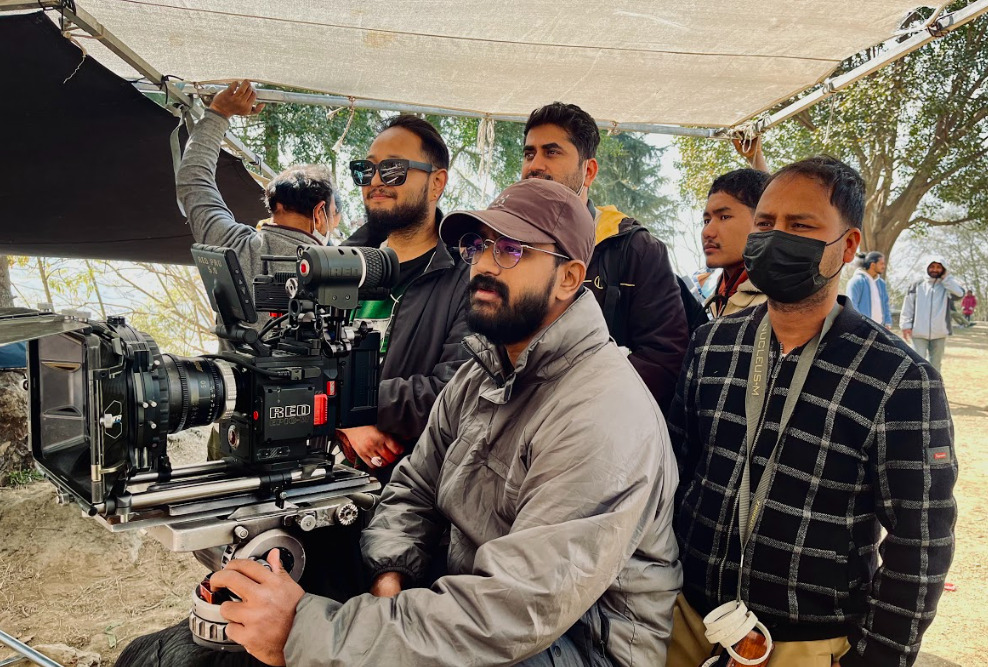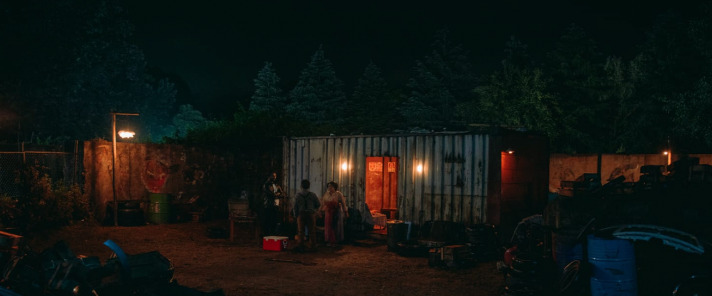Contact- Email: Info@kathmandufilms.com
Mob- +977 9851354619
Building Your Film Crew in the Heart of the Himalayas
Nepal’s stunning landscapes, rich cultural heritage, and vibrant communities provide a captivating backdrop for filmmakers looking to bring their creative visions to life. Whether you’re shooting a feature film, documentary, or commercial, assembling the right film crew is essential for ensuring a smooth and successful production process. Here’s a guide to building your film crew in Nepal and harnessing the talent and expertise of local professionals.
- Local Talent Pool
Nepal is home to a wealth of talented filmmakers, actors, technicians, and artists who are passionate about storytelling and eager to collaborate on creative projects. From experienced directors and cinematographers to skilled editors and sound designers, Nepal’s film industry offers a diverse talent pool with a range of expertise and experience levels to suit your project’s needs.
- Networking and Connections
Building a film crew in Nepal often begins with networking and making connections within the local film industry. Attending industry events, film festivals, and workshops can provide opportunities to meet fellow filmmakers, industry professionals, and potential crew members. Joining online forums and social media groups dedicated to Nepali filmmaking can also help expand your network and connect with talented individuals who share your passion for storytelling.
- Collaboration and Communication
Effective collaboration and communication are key to a successful film production, and building a cohesive team is essential for bringing your creative vision to life. When assembling your film crew in Nepal, prioritize individuals who not only possess the necessary technical skills and expertise but also demonstrate a strong work ethic, creativity, and ability to collaborate effectively as part of a team.
- Local Expertise and Insights
Filming in Nepal presents unique challenges and opportunities, from navigating rugged terrain and unpredictable weather to navigating cultural sensitivities and language barriers. By hiring local crew members who possess intimate knowledge of the country’s geography, culture, and customs, you can benefit from their insights and expertise to overcome challenges and maximize the potential of your production.
- Diversity and Inclusion
Nepal is a culturally diverse country with a rich tapestry of languages, traditions, and ethnicities. Embracing diversity and inclusion in your film crew can enrich your production and bring fresh perspectives to your storytelling. Prioritize inclusivity and representation in your hiring process, and strive to create a supportive and inclusive work environment where all team members feel valued and respected.
- Professionalism and Respect
Above all, professionalism and respect are paramount when working with a film crew in Nepal. Treat your crew members with kindness, respect, and appreciation for their contributions to your project. Provide clear communication, fair compensation, and opportunities for professional development, and foster a positive working environment where creativity can thrive.
Building a film crew in Nepal is an exciting opportunity to collaborate with talented professionals and bring your creative vision to life in one of the world’s most breathtakingly beautiful and culturally rich destinations. By tapping into Nepal’s diverse talent pool, fostering collaboration and communication, embracing diversity and inclusion, and prioritizing professionalism and respect, you can assemble a dynamic and creative team that will elevate your production to new heights of excellence.
let the filmmaking adventure begin!



